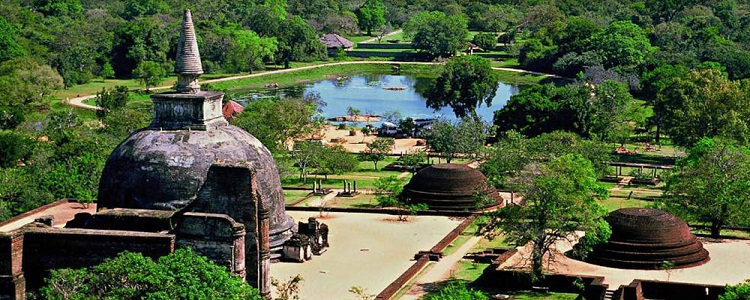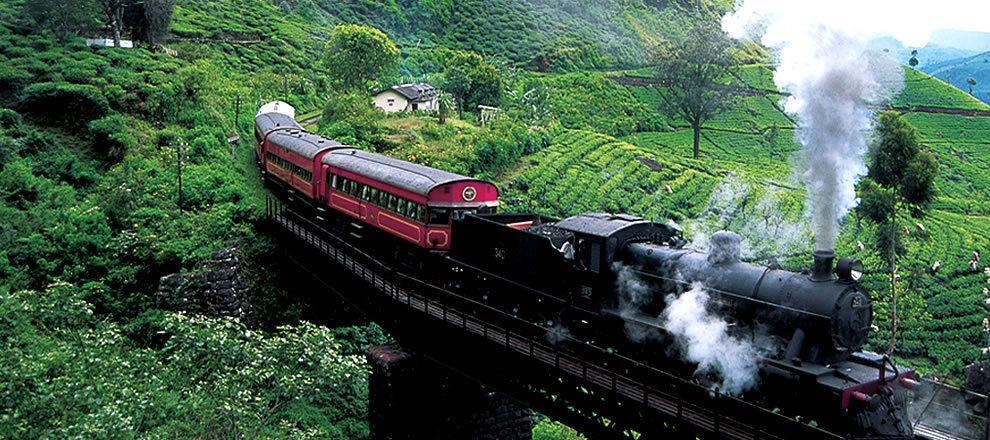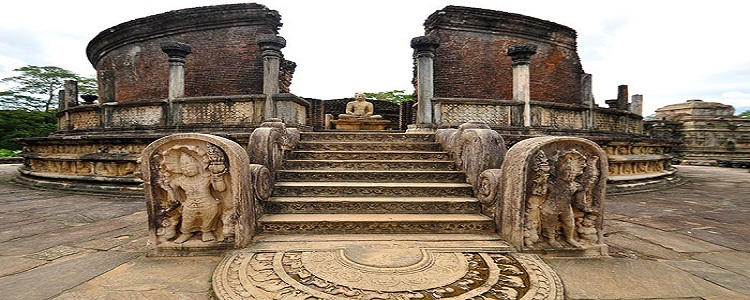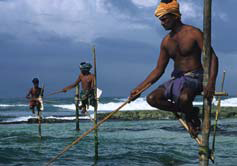Sri Lanka
Sri Lanka the Pearl of the Indian Ocean
A large and easily accessible tropical island, Sri Lanka boasts an irresistible combination of ancient monuments, verdant vegetation, golden sunny
beaches and diverse cultures.
English is widely spoken, and Dutch and Portuguese influences also reflect Sri Lanka’s colonial past. Today’s population of 18 million includes Sinhalese, Tamils, Moors and Burghers, Buddhists, Hindus, Muslims and Christians, and the country has a deep sense of pride in the rich
tapestry of traditions which emanate from this intoxicating mix of ethnic groups and religions.
Colombo
Sri Lanka’s chief city and seaport, Colombo is a modern city with many reminders of its European colonial past. Old and new, east and west all
blend together with bustling bazaars, Buddhist and Hindu Temples and Muslim Mosques sitting beside high-rise buildings, smart modern
shopping malls and international chain hotels. Colombo was until recently the island’s capital and offers a wealth of sightseeing opportunities.
Highlights include the old parliament house, the Gangarama Buddhist Temple, the Town Hall and the Bandaranaike Memorial International
Conference Hall. As well as great shopping, plush casinos and excellent restaurants, the city offers one of the world’s leading tea auctions,
seasonal Buddhist and Hindu pageants, an 18-hole golf course and international cricket.
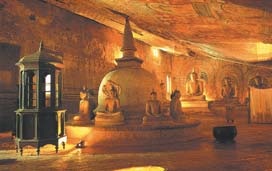
Raja Maha Vihara
Dambulla
On his return from a 14-year exile in the 1st century BC, King Walagamba ordered that magnificent cave temples be built in the gigantic rock of Dambulla which towers more than 160m above the surrounding area. Now a UNESCO World Heritage Site, the Great Cave Temples of Dambulla feature a mixture of religious and worldly paintings and sculptures, several reclining Buddha statues and a 15m long sculpture of the dying Buddha. The famous wall and ceiling frescoes date back to the 15th to 18th centuries.
Ella Adventure Park
The Ella Adventure Park offers exciting opportunities for adventure seekers including rock climbing, birdwatching and hiking through forests and towards the Diyaluma Falls. You can also enjoy a cool and refreshing river bath at a natural pool and canoe across to Handapanagala to view the elephants.
Horton Plains and Forest
This silent, strange and beautiful highland area in the central mountains is named after a 19th century British governor, Sir Robert Horton, who
used it as his hunting grounds. Rising majestically from a wide expanse of grassland are the twin peaks of Kirigalpota (2,395m) and Thotupola Kanda (2,369m), the second and third highest mountains in the country, and nestled between these two peaks are the plains. The plateau sports many species of flowers, gorse and low shrubs. Floral studies have indicated 57 species of woody plants, only ten of which are found beyond South India and Sri Lanka. As for fauna, leopards, sanbhurs, wild boars, otters, rusty spotted cats and giant squirrels are commonly spotted here.
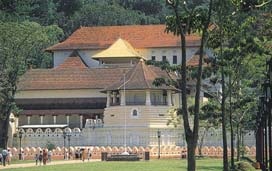
Temple of the Tooth Relic
Kandy
Renowned for Buddhist arts, crafts, dancing and music, this hill capital is classed as a World Heritage Site. It was the last stronghold of the Sinhalese kings during the Portuguese, Dutch and British rule and was finally ceded to the British in 1815. To Buddhists, Kandy is one of the most sacred sites as it is the home of the ‘Dalada Maligawa’ – The Temple of the Sacred Tooth Relic of Lord Buddha. Close by are the remains of the Royal Palace (Maha Wasala), used now as the National Museum.
Minneriya National Park
Situated in the Polonnaruwa district in the North Central Province, the Minneriya National Park covers an area of nearly 9,000 hectares.
Hundreds of species are found here including deer, sambhur, donkey, monkey, mongoose, leopard, bat and butterfly, plus reptiles like
crocodiles, pythons and monitors.
Peradeniya Royal Botanical Gardens
These magnificent gardens were laid out in 1832 and are among the finest in the world. Treasures of tropical flora found here include fine
collections of orchids, aromatic spices, medicinal herbs, palms and rare endangered plant species. Just six kilometres from Kandy, these river-girdled
gardens were the naturally-camouflaged operations headquarters of Lord Louis Mountbatten, SEAC Supreme Allied Commander, during the Second World War.
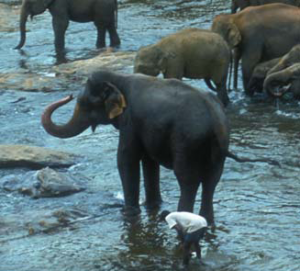
Elephant Orphanage
Pinnawela Elephant Orphanage
Here you will find elephants of all ages which have been abandoned or are otherwise unable to fend for themselves because of injury. They are looked after with loving care until they are ready to work or to be set free back into the jungle. The elephants are bathed daily in a river, and visitors can feed the babies with bottles of milk at feeding time.
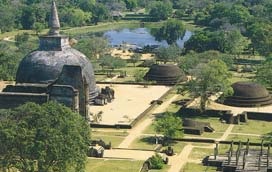
The Ancient City of Polonnaruwa
Polonnaruwa
A well-planned medieval walled city, Polonnaruwa is graced by palaces, shrines, monasteries, pavilions and parks which all bear witness to a glorious past. A dominant feature of the city is the ‘Parakrama Samudraya’, a vast 5,940-acre irrigation lake built by King Parakramabahu to collect rainwater.
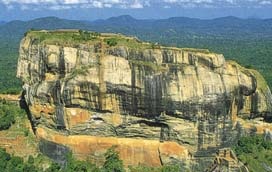
Sygiraia
Sigiriya
After murdering his father and stealing the vacant throne from the rightful heir, his elder brother, King Kasyapa built this spectacular rock fortress 19 km north east of Dambulla to protect himself from his many enemies. One of Sri Lanka’s major attractions, this 182-metre high ‘Citadel in the Sky’ comes complete with two moats and three ramparts and is a fantastic display of ancient Sri Lankan architecture.
Yala National Park
A rugged terrain characterised by scrub forest and stunning rock outcrops with open areas and waterholes, Yala is also known as Ruhuna National Park after the 2nd century BC Ruhuna Kingdom. The influence of this ancient civilization is still apparent from the remains of the dagobas and the still self-serviceable artificial lakes and tanks that still play a vital role in retaining rainwater for the fauna.

